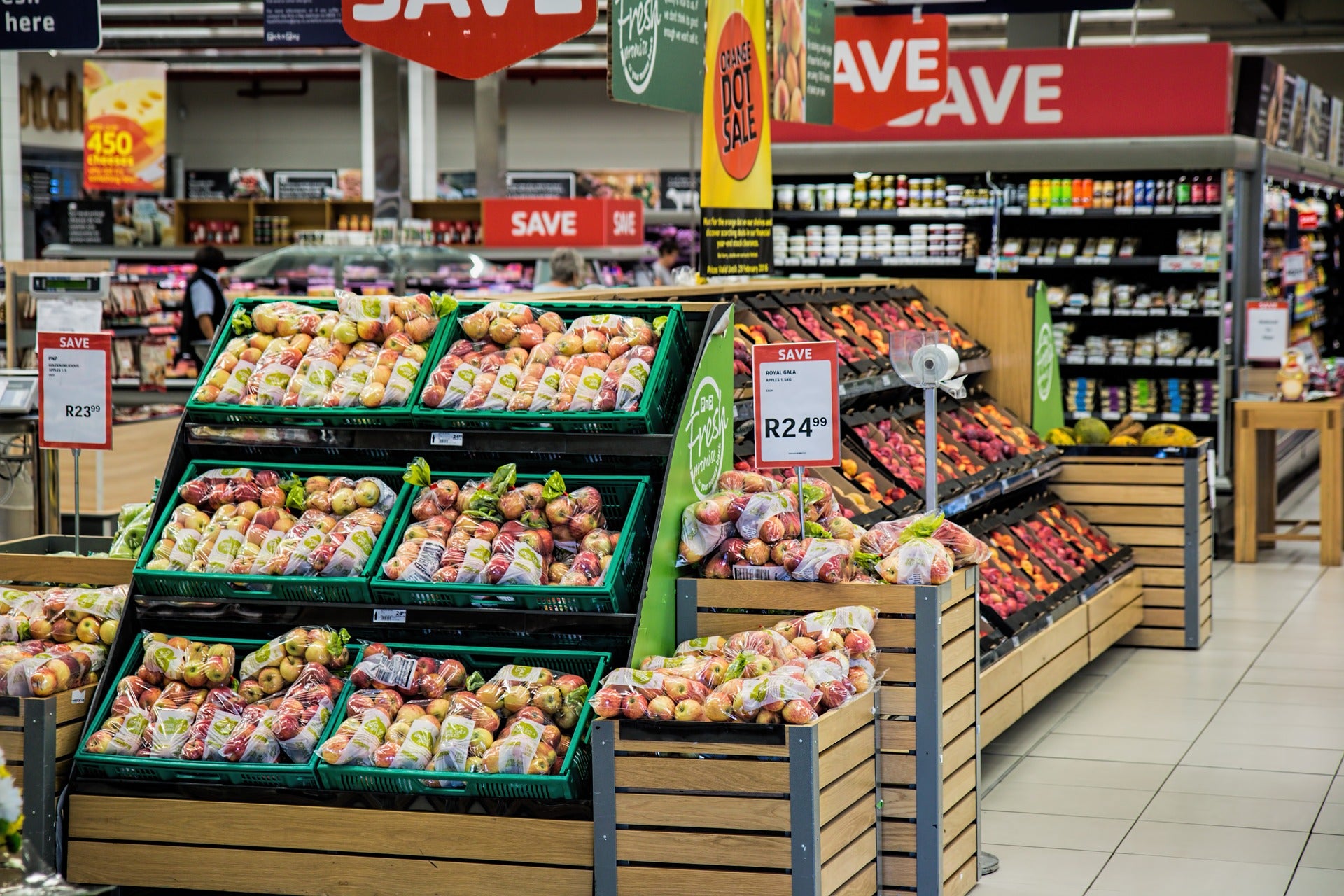Plastic proliferation in the produce aisle is a real problem
Published 4:16 pm Tuesday, March 19, 2019

- Public domain
We often hear about how junk food is cheaper than foods that are good for you and how that cost difference makes a big impact on people. Because of this discrepancy, people will often opt for foods that are processed and don’t have a lot of nutritional value. I’ve been thinking about this recently in the context of environmental impact.
It’s a very similar situation. People will use and consume whatever is readily available to them. So if plastics and foam products are what is easy, cheap and available, they will get used more often. If those items are expensive or not easily accessible, they won’t use them, because it will be an inconvenience or financial burden to seek them out.
Fast food is all wrapped up in plastic and styrofoam and it is an easy option for people, so lots of people opt for it. It’s actually so prevalent that if you are actively trying to avoid plastics and foam products, you often have to avoid eating out. I’ve tried so many times to eat fast food and not cause too much waste, but it’s impossible. Even when I bring my own cup, avoid ordering something that I’ll need plastic utensils for, make sure my food will not be served in a plastic container and make sure the restaurant uses paper instead of plastic bags for to-go orders, I still end up with food wrappers that I have to throw away.

Amanda’s Animal Fact of the Week
Red foxes can use their tails to communicate with other foxes.
This is because we aren’t paying the real cost of plastic. It’s so inexpensive because the company only has to pay for the materials they are using to make the plastic. They aren’t paying for the environmental impacts of that plastic.
Currently, foams and plastics are very inexpensive. But that’s because those companies are not being charged for the impacts their products will have on the environment and the eventual cleanup of their wasteful products.
Because we’re not accounting for environmental impact, the use of materials that are cheap and easy now but harmful in the long run has proliferated, to the point where we use plastics and foam when it’s completely unnecessary.
While we know fresh fruits and vegetables are better for us, the produce section these days contains more and more plastic and foam. My tomatoes do not need to be put on a foam tray wrapped in plastic, thank you very much. There is nothing wrong with having a box full of tomatoes, from which I can pick the ones I want. If I bring my reusable produce bag, there is now zero plastic or styrofoam involved (in that step of the process, at least).
This is one reason farmers markets are great. The produce is local, so the carbon footprint is pretty small, and they don’t wrap everything in plastics. Community-supported agriculture programs, where you essentially subscribe or buy shares in a local farm and then get produce from that farm throughout the year, are also a great way to get food without the plastic.
I’m counting down the days to warmer weather and the opening of farmers markets, when avoiding plastic gets a little bit easier.






